Differences in flavor of coffee beans treated by sun and water washing suggestions on roasting coffee beans with different treatments
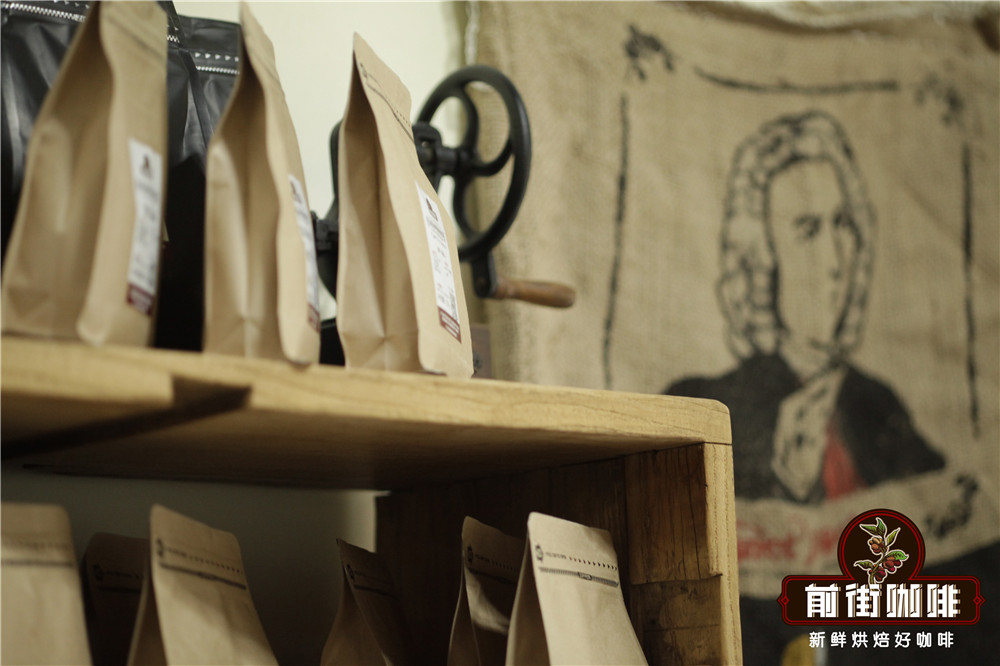
Professional coffee knowledge exchange more coffee bean information please follow the coffee workshop (Wechat official account cafe_style)
Guide reading
The increasing innovation in the treatment of coffee beans has made the flavor of coffee special, breaking the inherent thinking of many people about the taste of coffee. However, for many coffee lovers, the traditional treatment of coffee beans is always divine! In particular, washing treatment and sun treatment, there is no obvious flavor interference, can really feel the flavor of coffee producing areas.
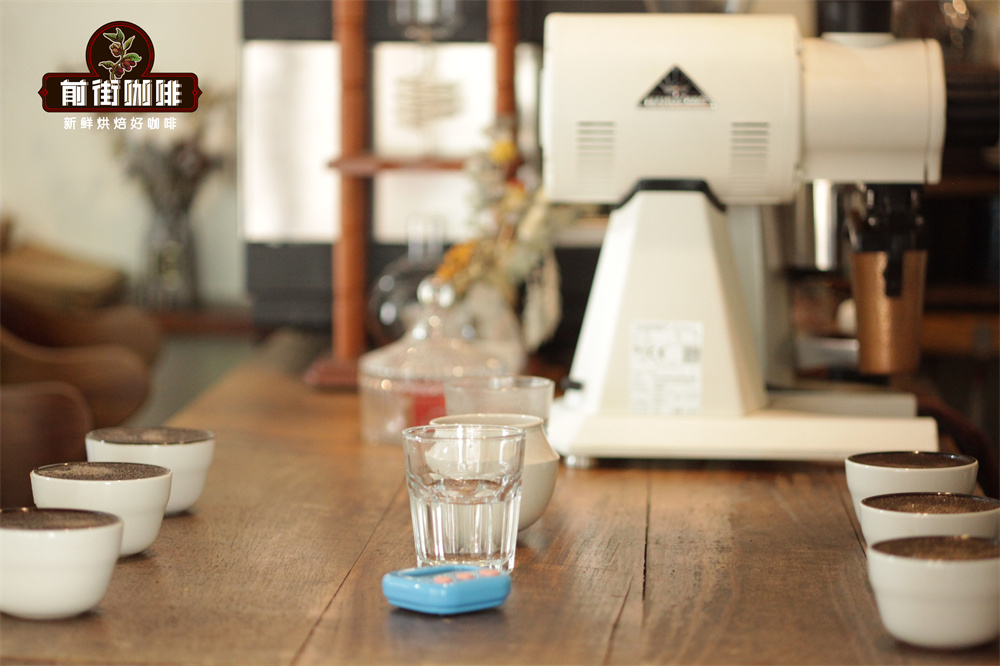
Qianjie Cup has tested many different treatments of coffee beans, no matter which producing area, washing treatment is the best representative of the basic tonality of a coffee bean, while the sun treatment law improves the fruity aroma and full taste of the coffee. When recommending coffee beans for coffee rookies, they all start with washing or sun-drying coffee.
What is tanning treatment?
Sun drying is the most primitive way for people to dry food, and so is the principle of coffee sun treatment. However, the traditional sun treatment method will put the coffee fruit on the drying terrace or directly on the side of the road to direct exposure, due to rough conditions and rough treatment methods, so the quality of sun-cured coffee is uneven and the defect rate is high. At the same time, the cause of the defect also comes from the strong dependence on the weather. A month of drying requires a continuous and stable high temperature and dry weather. If it rains during the drying period, it will cause mildew of the coffee fruit.
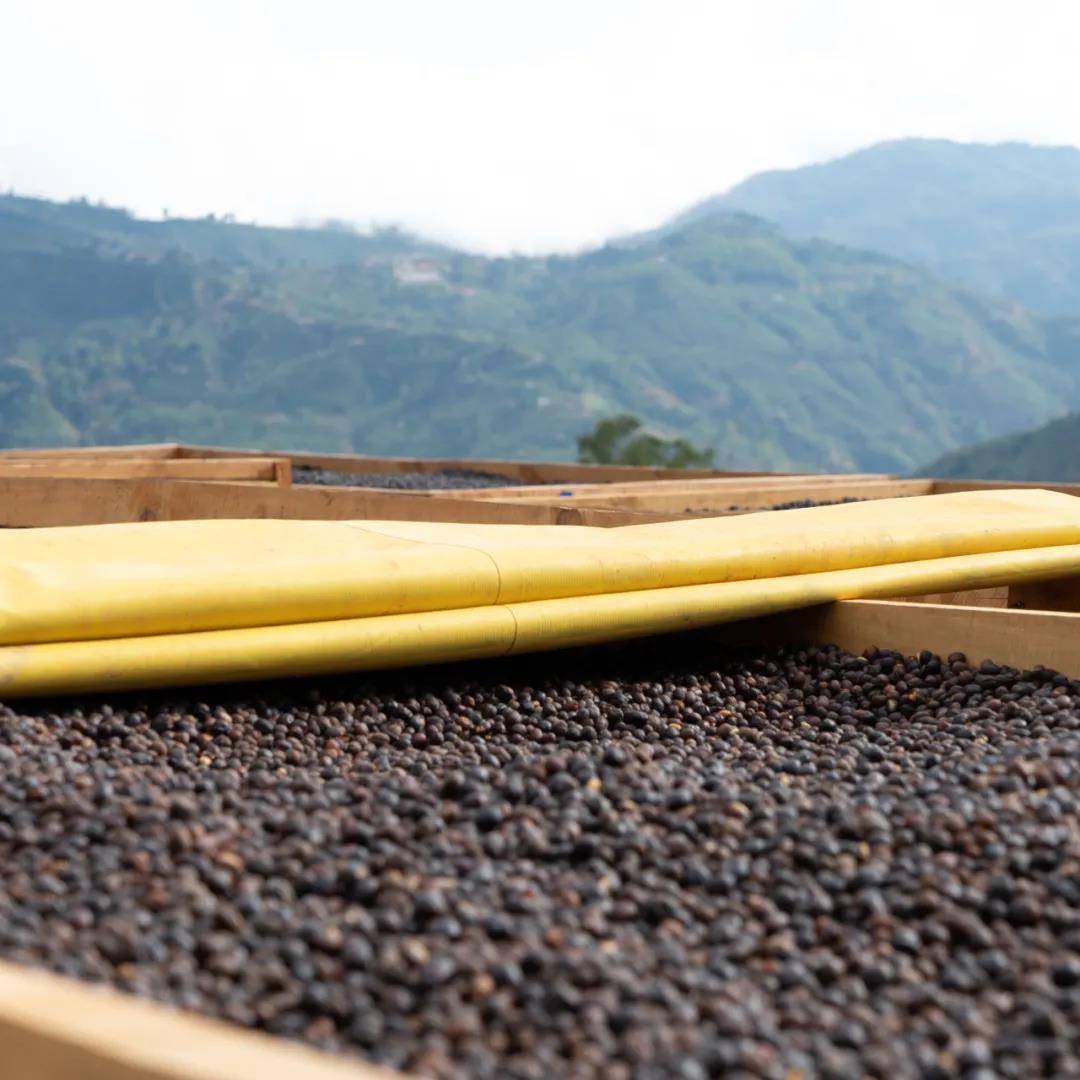
However, with the increasing demand for coffee in the market, people have higher and higher requirements for the quality of coffee beans, so now many large coffee processing plants will optimize the details of the sun treatment steps in order to improve the taste of the sun-cured coffee cups. Before drying, flotation will be carried out to remove coffee fruits with insufficient density, and drying sites are also strictly controlled, such as the construction of high beds in Africa, cement drying platforms, and so on, and in order to dry evenly in the process of sun drying, many treatment plants or estates will employ workers to turn them regularly to evenly dry while avoiding excessive fermentation and reducing defects.
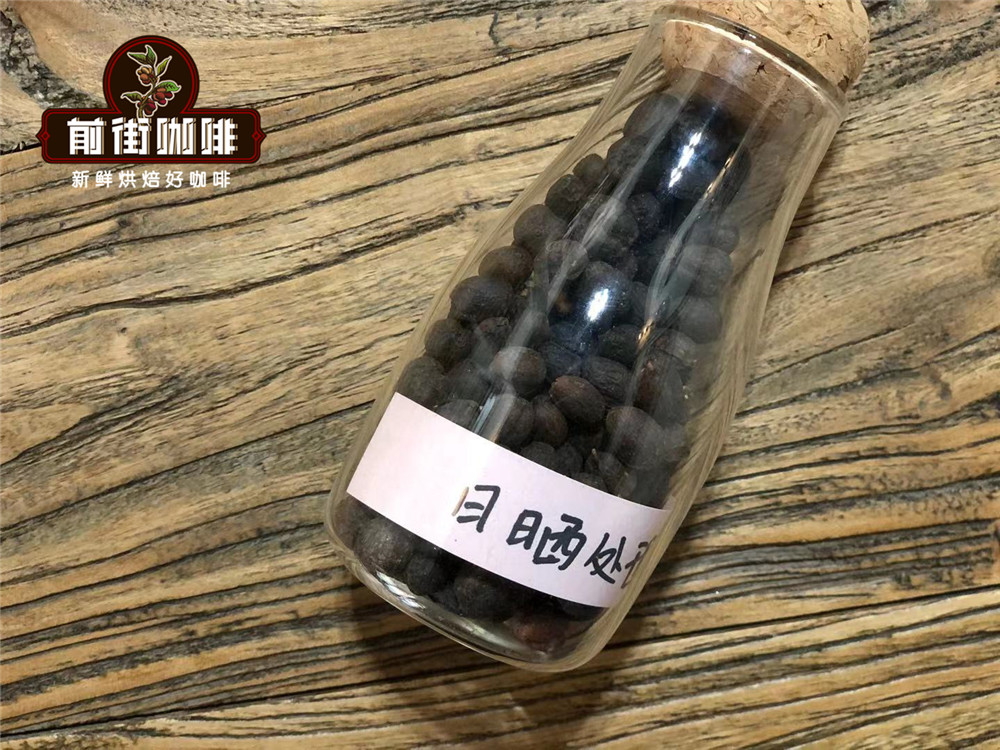
The flavor of coffee beans in the sun mainly comes from the absorption of sugar from the pectin layer of coffee pulp during drying. During a month of drying, coffee beans have enough time to absorb these sugars to improve the sweetness of the coffee. Although the method of sun treatment is simple, it needs to watch the day to eat, and those areas with short sunshine time / low temperature / humidity are not suitable for use. In order to shorten the time of sun drying, the wise farmer created the method of washing.
What is washing treatment?
The water washing treatment is different from the sun treatment, and it is a kind of treatment method with stable quality. In the process of treatment, the picked coffee fruit will be floated first by washing treatment, and the low density coffee fruit will also be removed. Then use a machine to remove the peel and pulp, and then put it into a pool for anhydrous or aqueous fermentation, using fermentation to decompose the pectin layer. After fermentation, the coffee beans are washed with clean water to remove pectin. Finally, the coffee beans without pectin layer are sun-dried to reduce the moisture content to 11% to 13%.
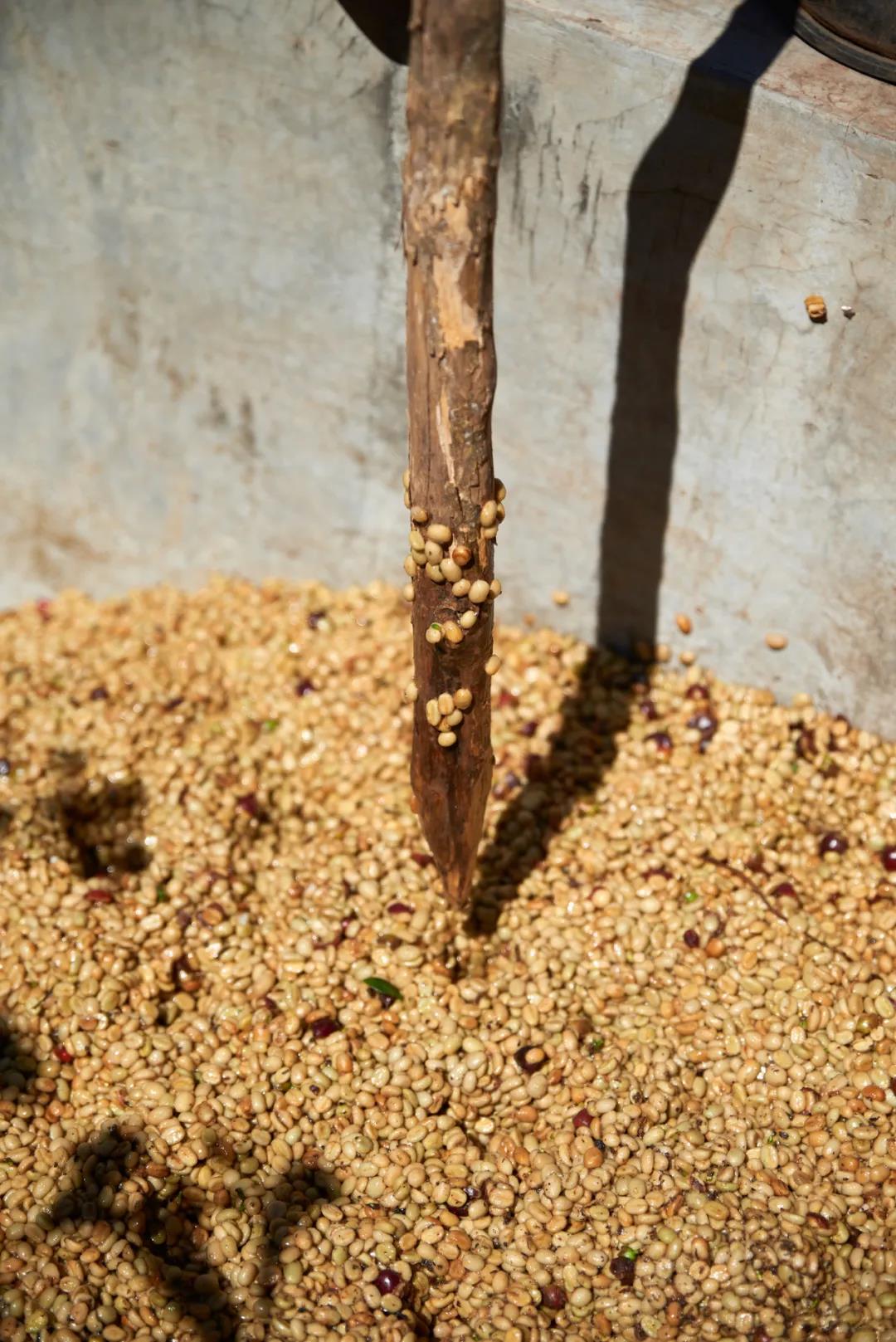
Because of flotation to screen out bad fruit and reduce drying time, the quality of washed coffee will be more stable, while the removal of pectin by fermentation increases the acidity of coffee, if the coffee has the taste of over-fermentation / decay, the acidity of these coffees can magnify them, Qianjie believes that washing treatment is the most direct reflection of the quality of coffee beans. Although the washing method reduces the dependence on the weather, it needs a lot of water resources, so it is not suitable for beans in areas where there is a lack of water.
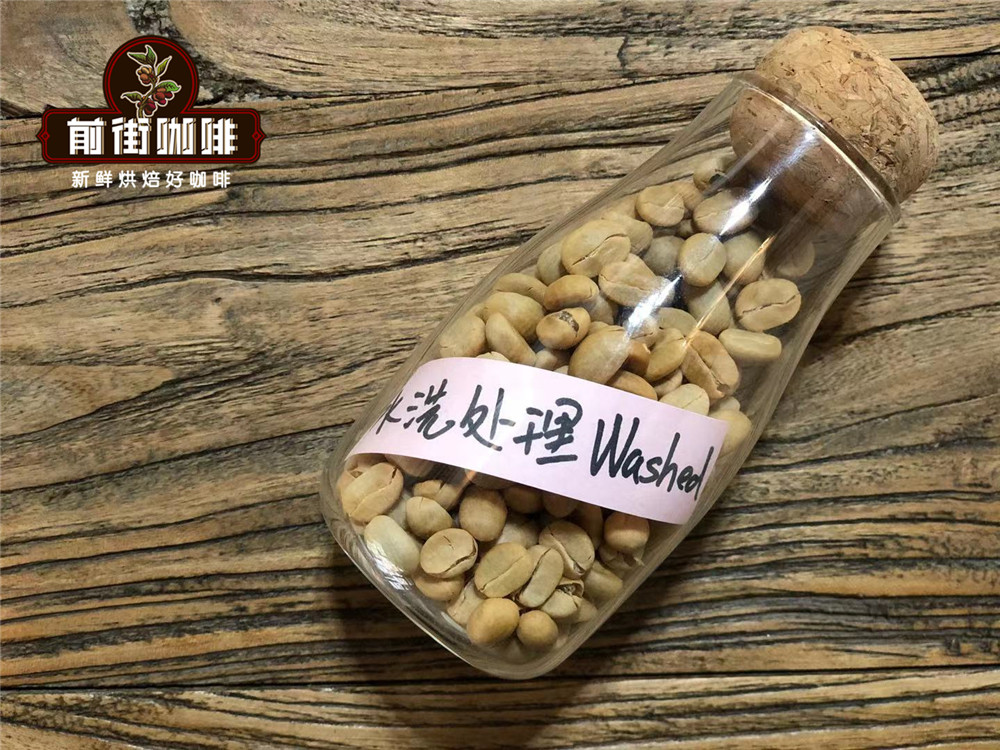
By observing the coffee beans, we can distinguish the washing treatment method & the sun treatment method.
There will be a very obvious contrast in the appearance of raw coffee beans treated with water and sun. If you compare a washing treatment with a sun-treated raw bean, the appearance color of the washed raw bean is obviously turquoise. On the other hand, the appearance color of sun-treated coffee beans is yellow.
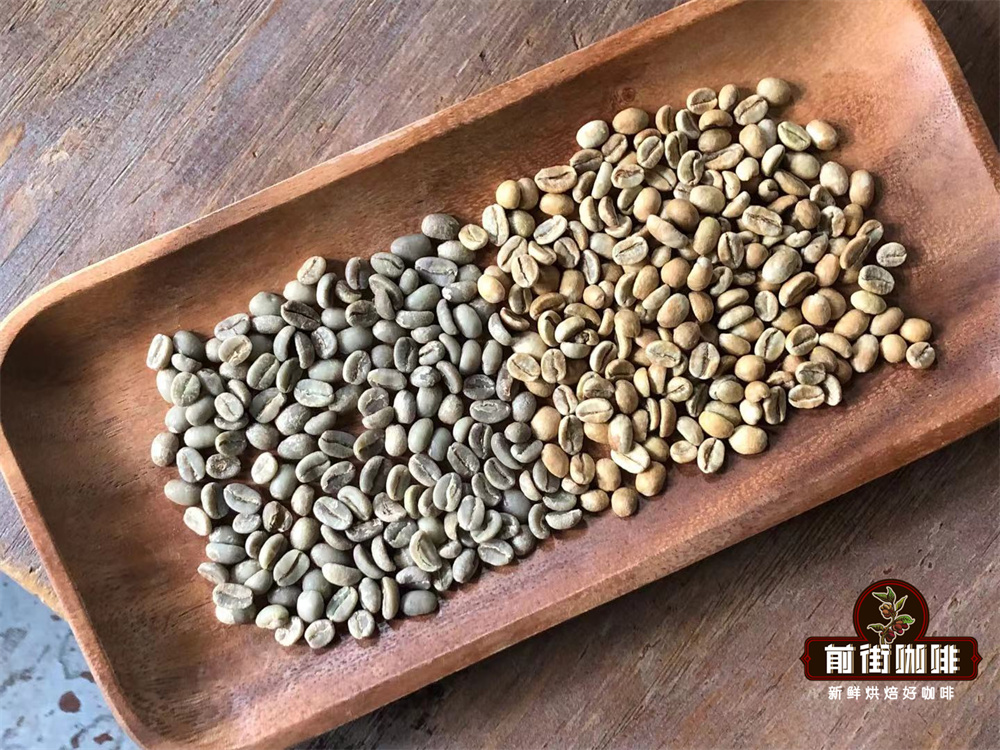
Water-washed and sun-treated coffee beans we can use the middle line of beans, the ones with white middle line are washed coffee beans, and those without white middle line are sun-treated coffee beans. Due to the connection of the outer silver skin of the sun beans, it is relatively easy to connect the silver skin of the middle line to fall off together, so the silver skin of the sun-cooked beans after baking is very clean, so there is no silver skin residue in the middle line of the beans; while the coffee beans treated with water are on the contrary, because there is almost no silver skin connection in the outer layer, the silver skin in the cracks in the middle line can not be easily peeled off, so there will be silver residue in the middle line of the beans.

When roasting coffee, what should be paid attention to by sun treatment and washing treatment?
There are also differences between washed and sun-treated coffee beans when they are roasted, said the roaster of Qianjie Coffee. The water content of raw coffee beans treated with water is slightly higher than that of raw coffee beans treated by the sun. Therefore, compared with the roasting of the two treatments, when the coffee beans are washed with baking water, the dehydration time needs to be prolonged.
The dehydration stage generally refers to the time when the raw coffee beans enter the roaster and enter the boiler until the coffee beans are dehydrated and converted to yellow. Moisture is removed during the whole process of coffee roasting, but most of the moisture in raw coffee beans is removed at this stage.
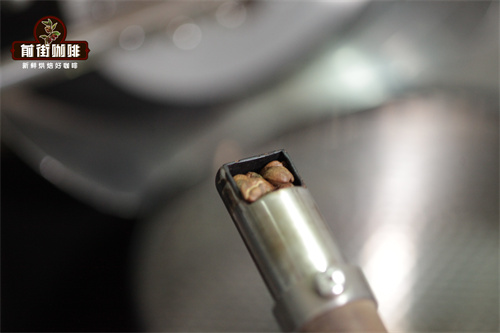
In the dehydration stage, the structure of raw beans is the most complete and the most heat-resistant. At this stage, we need to use sufficient heat to heat the raw coffee beans, enlarge the temperature difference between the coffee bean surface and the bean core, and make the coffee beans absorb calories quickly. Take advantage of this opportunity to establish sufficient thermal potential energy and pressure of the bean core.
Because the structure of coffee beans will become more and more fragile as coffee roasting goes on, but the formation of flavor substances requires enough heat, so if you do not establish enough thermal potential energy at the initial stage of roasting, it will be easy to scorch the coffee bean surface. Of course, dehydration stage, even if you have to make a larger temperature rise rate, but also to grasp the degree, otherwise it will also burn beans.
The difference of coffee flavor between washing treatment and sun treatment
Qianjie believes that water-washed coffee has higher acidity and cleanliness, but it is not as complex as sun-treated coffee, while sun-treated coffee has a heavier berry flavor, complex, and tends to be sweeter than water-washed coffee.
For more boutique coffee beans, please add private Qianjie coffee on Wechat. WeChat account: kaixinguoguo0925
Important Notice :
前街咖啡 FrontStreet Coffee has moved to new addredd:
FrontStreet Coffee Address: 315,Donghua East Road,GuangZhou
Tel:020 38364473
- Prev
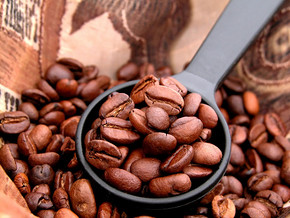
Description of climate, taste and flavor in the growing area of cat shit coffee beans in Hengyungong Manor
Following Jiabei (Wechat official account vdailycom) found that Beautiful Cafe opened a small shop of its own. Brand profile the small grain Kopi Luwak of Yungong Manor in Gaoligong, Baoshan, Yunnan Province has been interpreted by CCTV as the most expensive coffee in shit. This shit is not in history, it is really cat shit. This cat shit has a very high gold content and ranks first in the list of coffee in the world. The date of payment is 199
- Next
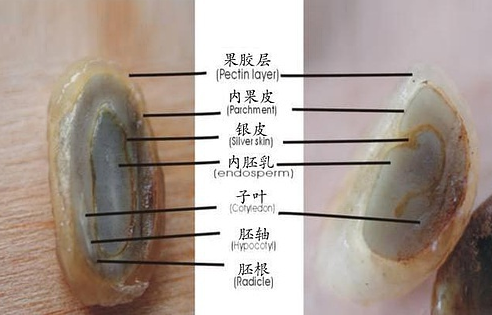
Introduction of coffee bean structure, coffee bean knowledge
Following caf é (Wechat official account vdailycom) found that Beautiful Cafe opened a small shop of its own. Parchment silver seed coffee is grown with seeds with endocarp. The raw coffee beans we usually come into contact with have their endocarp removed, so they cannot be grown. Endocarp (sheepskin or paper) refers to the brown tea wrapped around the seeds of coffee.
Related
- Detailed explanation of Jadeite planting Land in Panamanian Jadeite Manor introduction to the grading system of Jadeite competitive bidding, Red bid, Green bid and Rose Summer
- Story of Coffee planting in Brenka region of Costa Rica Stonehenge Manor anaerobic heavy honey treatment of flavor mouth
- What's on the barrel of Blue Mountain Coffee beans?
- Can American coffee also pull flowers? How to use hot American style to pull out a good-looking pattern?
- Can you make a cold extract with coffee beans? What is the right proportion for cold-extracted coffee formula?
- Indonesian PWN Gold Mandrine Coffee Origin Features Flavor How to Chong? Mandolin coffee is American.
- A brief introduction to the flavor characteristics of Brazilian yellow bourbon coffee beans
- What is the effect of different water quality on the flavor of cold-extracted coffee? What kind of water is best for brewing coffee?
- Why do you think of Rose Summer whenever you mention Panamanian coffee?
- Introduction to the characteristics of authentic blue mountain coffee bean producing areas? What is the CIB Coffee Authority in Jamaica?

